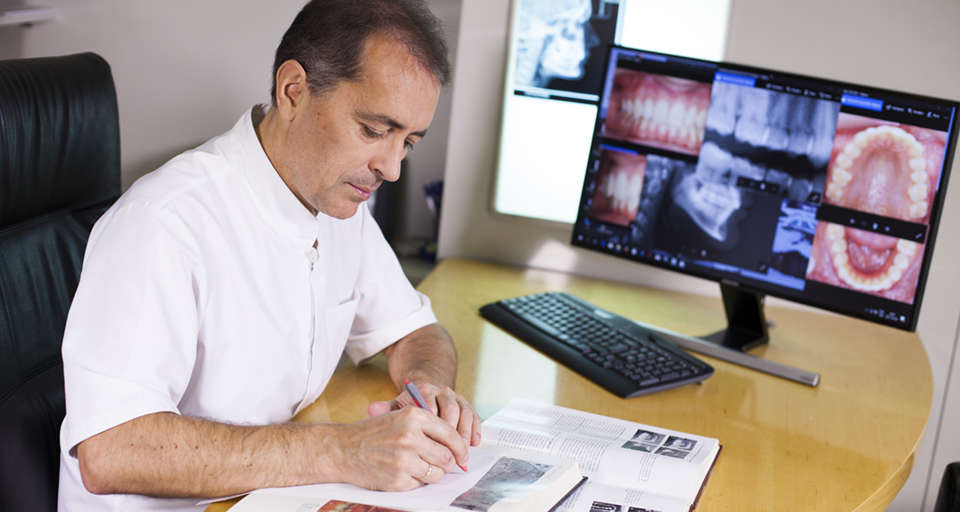Morphological variability in unrepaired bilateral clefts with and without cleft palate evaluated with geometric morphometrics.
Written by admin on April 2, 2020
J Anat. 2020 Mar;236(3):425-433. doi: 10.1111/joa.13118. Epub 2019 Dec 2.
Latif A(1), Kuijpers MAR(2), Rachwalski M(3), Latief BS(1), Kuijpers-Jagtman AM(4)(5), Fudalej PS(6)(7).
AUTHOR INFORMATION:
(1) Department of Oral and Maxillofacial Surgery, Faculty of Dentistry, Universitas Indonesia, Jakarta, Indonesia.
(2) Department of Dentistry – Orthodontics and Craniofacial Biology, Radboud Institute for Health Sciences, Radboud University Medical Center, Nijmegen, The Netherlands.
(3) Department of Maxillofacial and Plastic Surgery, National Reference Center for Cleft Lip and Palate, Hôpital Universitaire Necker-Enfants Malades, Paris, France.
(4) Faculty of Dentistry, Universitas Indonesia, Jakarta, Indonesia.
(5) Department of Orthodontics, University Medical Center Groningen, Groningen, The Netherlands.
(6) Department of Orthodontics, Jagiellonian University in Krakow, Krakow, Poland.
(7) Department of Orthodontics, Institute of Dentistry and Oral Sciences, Palacky University Olomouc, Olomouc, Czech Republic.
In subjects with orofacial clefts, there is an unresolved controversy on the effect of congenital maxillary growth deficiency vs. the effect of surgical intervention on the outcome of treatment. Intrinsic growth impairment in subjects with orofacial clefts can be studied by comparing facial morphology of subjects with untreated cleft and unaffected individuals of the same ethnic background. Bilateral cleft lip and palate is the most severe and least prevalent form of the orofacial cleft. The aim of this study was to compare facial morphology in subjects with unrepairedcomplete bilateral clefts and unaffected controls using geometric morphometrics. Lateral cephalograms of 39 Indonesian subjects with unrepaired bilateral complete cleft lip and alveolus (mean age: 24 years), or unrepaired bilateral complete cleft lip, alveolus, and palate (mean age: 20.6 years) and 50 age and ethnically matched controls without a cleft (25 males, 25 females, mean age: 21.2 years) were digitized and traced and shape variability was explored using principal component analysis, while differences between groups and genders were evaluated with canonical variate analysis. Individuals with clefts had a more pronounced premaxilla than controls. Principal component analysis showed that facial variation in subjects with clefts occurred in the anteroposterior direction, whereas in controls it was mostly in the vertical direction. Regression analysis with group, sex, and age as covariates and principal components from 1 to 6 as dependent variables demonstrated a very limited effect of the covariates on the facial shape variability (only 11.6% of the variability was explained by the model).
Differences between cleft and non-cleft subjects in the direction of facial variability suggest that individuals with bilateral clefts can have an intrinsic growth impairment affecting facial morphology later in life.
© 2019 Anatomical Society.
DOI: 10.1111/joa.13118
PMCID: PMC7018634
PMID: 31792971
Conflict of interest statement: The authors state that they have no conflict of interests to declare.




